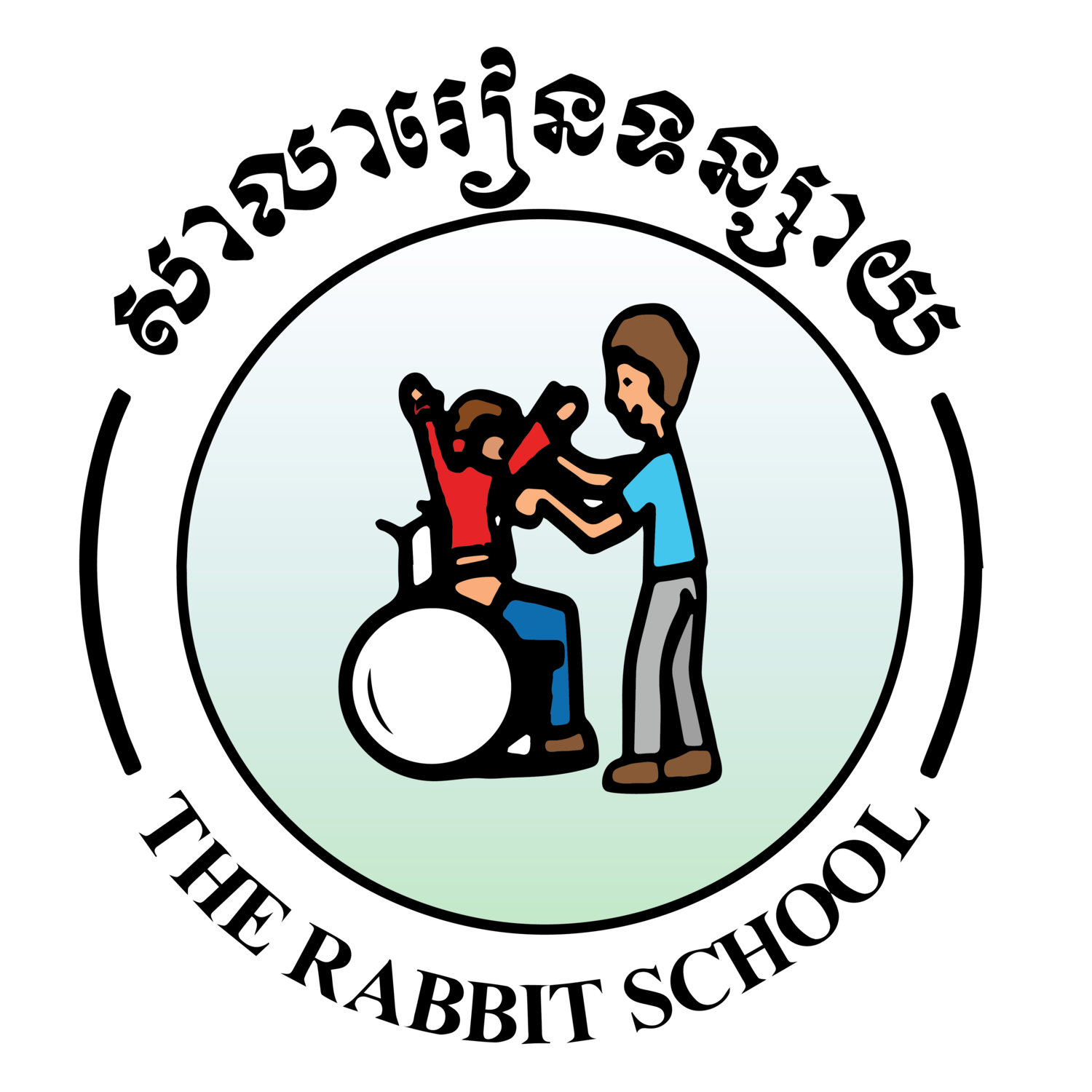Intellectual disability is a term used for people that learn things at a slower rate. Other descriptions include learning difficulty and special needs.
People with intellectual disabilities may display different behaviour to other people or children of their age, but they can learn many things. It just takes them more time and effort than others. They may take longer to learn to speak, walk and take care of their personal needs, such as dressing or eating. They are also likely to have trouble learning in school…but it is important to remember that they can learn.
Just remember, everybody has certain strengths and weaknesses. This is the same for people with intellectual disabilities.
There is no cure for intellectual disabilities, but it is important to know that it is not a disease, and people with an intellectual disability can lead normal and happy lives.
Causes
Intellectual disability can be caused by a variety of reasons, such as complications during pregnancy or childbirth, health problems, or accidents (e.g. hitting their head or drowning). However, these do not always cause an intellectual disability. Intellectual disabilities may also occur as a result of genetics, such as in the case of fragile X. Poverty may also increase the likelihood of someone developing and intellectual disability, as malnutrition and the contraction of certain illnesses in early childhood can be contributory factors.
Some areas in which People with Intellectual Disability may have difficulties
People with Intellectual Disability might have difficulty understanding the words you use, especially if you use long and complicated sentences. They may also have difficulty understanding and talking about things they cannot see (abstract ideas).
They might have difficulty communicating and finding the right words to use to express themselves, they may use short sentences or may not use any words at all.
They may understand information that they can see, such as body language, facial expression, sign language or pictures. They may also find it easier to express themselves using body language or pictures.
Alternatively they may be able to understand and use words, but have difficulty understanding the social expectations of a conversation. This could include eye contact, facial expression, taking turns and keeping an appropriate social distance from someone. This means that they may sometimes behave inappropriately.
Social communication difficulties could also include not being able to ‘read between the lines’ and understand non literal jokes.
Again, remember that each person is different, so what they can understand and how they communicate will differ from person to person.

